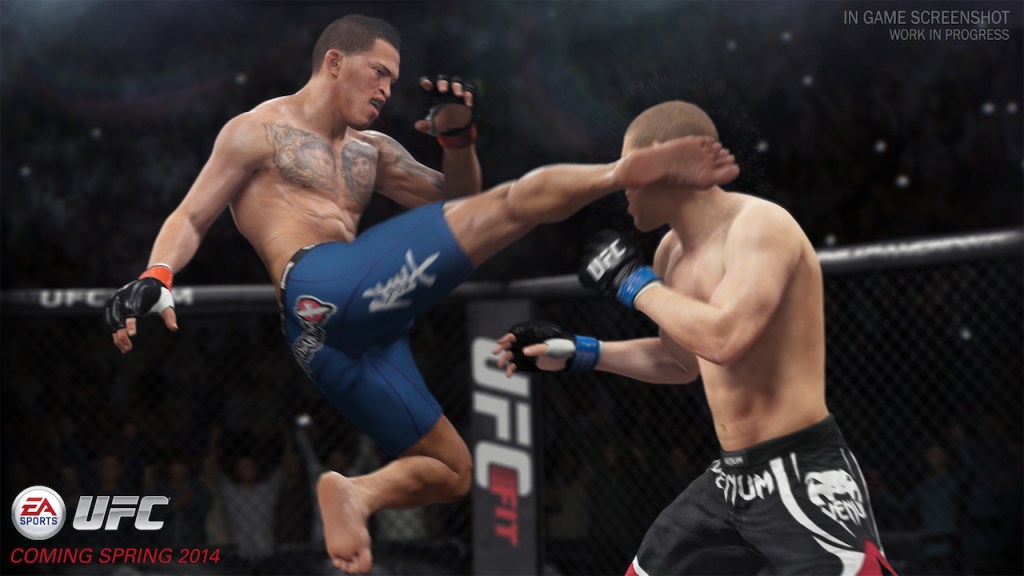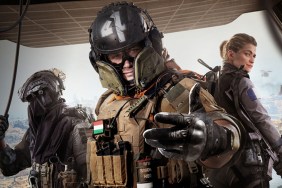Let's get ready to give Tom the third-party controller and wail on hhiiiiimmmm!!!
Last week I got a chance to get first hands-on with EA’s much-anticipated fully-licensed UFC game, even if it can feel like EA should have been cranking out UFC games every year for a decade now. While THQ has had the license for quite some time and there were even…











